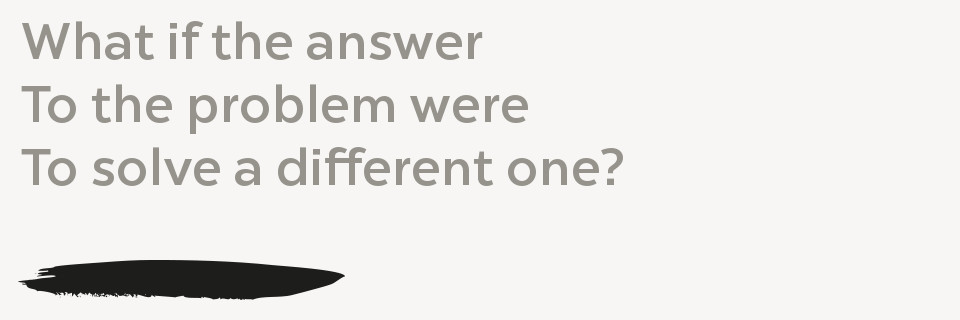Last week in Part One, I discussed how I realized in the middle of having drinks with a friend that the lack of engagement I’ve been frustrated with in working with some of my clients pretty much exactly mirrors the disengagement levels shown in Gallup’s ongoing study.
I’ve been coaching for seventeen years, and I’m good at what I do. But I didn’t realize until 2018 that I was being duped. Employees (and my clients) can appear to be actively engaged, fooling themselves and everyone around them, and still be actively working against their company.
I discovered this by accident when I led an entire company through one of my courses and saw how their performance, behavior, and most importantly, their response to being held accountable, revealed which of the three categories they fit in. In the beginning, it appeared only about 10% of employees were other than engaged. In the end, the numbers looked a lot more like the Gallup distribution.
It turned out I had created a way to throw ink on the invisible man, and he wasn’t pretty. Amazingly, nowhere in the 200-page Gallup report does it say anything about how people are unconscious of their own disengagement. This, to me, is the missing link.
If you don’t get that the disengagement in you and your people is mostly unconscious, your solutions will be largely impotent. You’ll have company gatherings, a foosball table, employee-of-the-month awards, regular performance reviews, financial incentives, and all the other things the experts prescribe, and—here’s the problem:
It will help, a little bit.
It will help enough that you’ll think you’re actually on the right track. But you haven’t made your culture good. You’ve just made it a bit less bad. And your people, knowing they’re supposed to look engaged, are momentarily pleased. It’s sort of like making a clinically depressed person laugh. On the surface, and for the moment, they’re cured, right? But the issue is much, much deeper.
So what does Gallup offer is the solution to the mess of disengagement they report on, year after year? At the top of their list is “tools that promote self-awareness and strengths development and mentoring programs,” and “Unlocking human potential through personal development.” (p.16)
I couldn’t agree more! I find the mention of “self-awareness” particularly wonderful, because that’s the realm of moving what’s unconscious into the conscious—and this is exactly what has to happen to solve the engagement issue.
You become more aware by realizing where you’re unaware.
You become more competent by realizing where you’re incompetent.
You become more engaged by realizing how you’re disengaged.
Every recovering addict treasures their “rock bottom” with reverence, because they know how necessary it was. But that doesn’t mean it’s comfortable. It’s usually the worst part of their life; hence, calling it “bottom.” But it’s real. It’s when the virtual reality bubble bursts, and it’s a sacred, awful time.
You want to think the best of your people. You care about them. And you want to see yourself in a positive light as well. I get it. But when Jesus said, “The truth shall set you free,” he didn’t just mean the truths that feel good.
Here’s how the uncomfortable truth looks to me:
- All business problems are caused by, and therefore must be solved by, people.
- Difficult problems require engaged people bringing their best to bear.
- But most employees are seriously disengaged.
- Therefore, the first step to solving any and all business problems is solving the engagement one.
- Punchline: Because disengagement is unconscious, you can’t assess your own level.
This is why I do what I do. This is what Clear and Open is dedicated to. And while I offer a ton of content to help people, enough to inspire you for decades, none of it will make a difference if you don’t address the unconscious disengagement in yourself and in your people.
To make all of this more concrete, I created the Clear and Open Ranking System. It’s a document that shows the progressive path of engagement, and it’s how I evaluate and reward my members for the work they do in becoming more conscious (and therefore more successful). If this sounds interesting to you, and you want someone to show you where you’re disengaged so your dreams can come true, now is a great time to learn more about Dojo membership. We’ve just added a free 30-day trial option for anyone who wants to try it on for size. No risk, no charge for the trial period. So what’re you waiting for?
Last thing: while disengagement causes negative effects, it’s not bad in essence. It’s just what is. There’s always a good set of reasons for disengagement, just like for anxiety or depression. I’m not saying it shouldn’t be there. It’s there. I get it. I know you’re doing your best. I had it, too, and I’ve been fired a bunch of times because of it. This is not a call to attack disengagement, it’s a call to bring it into the light to see how it can transform.


